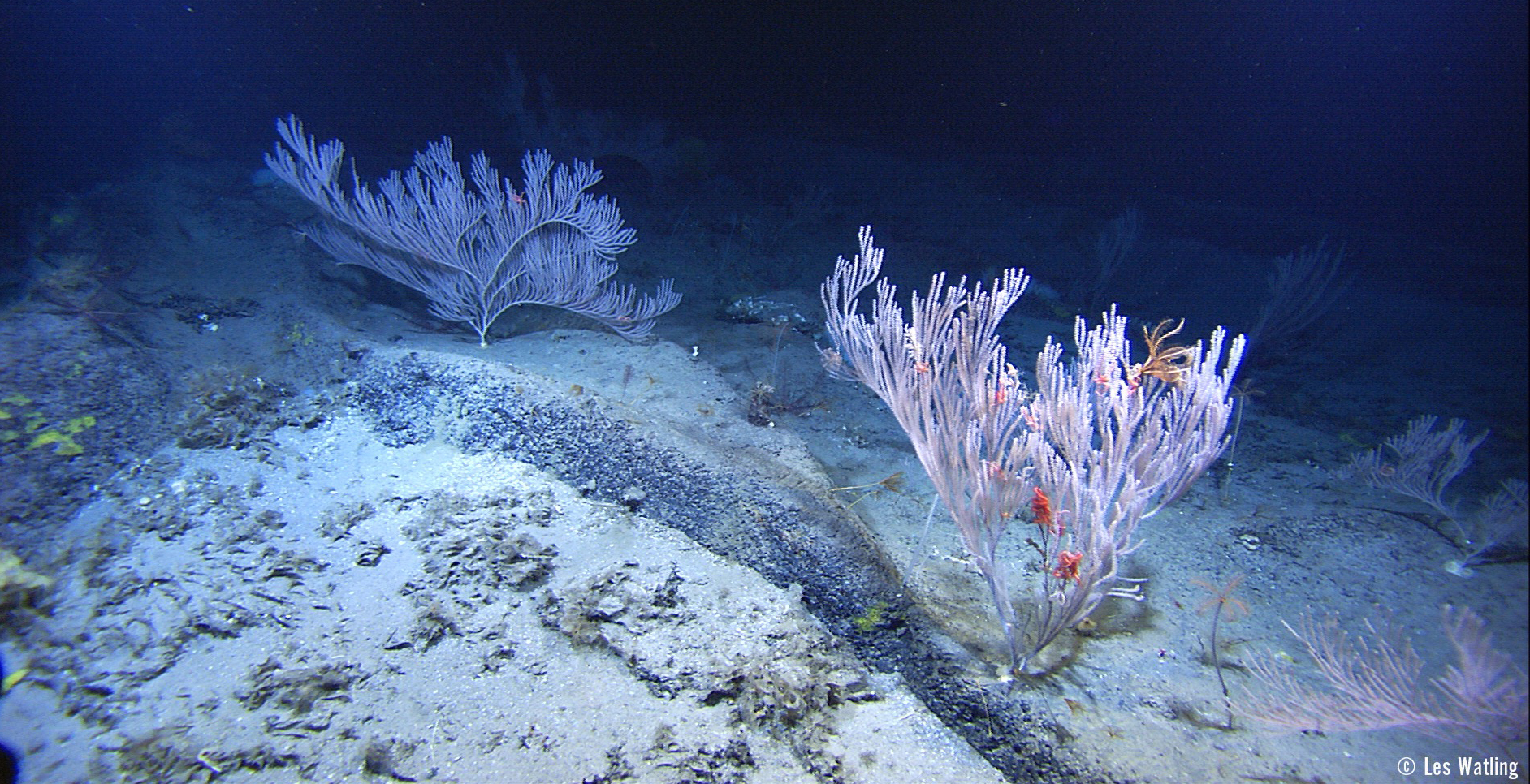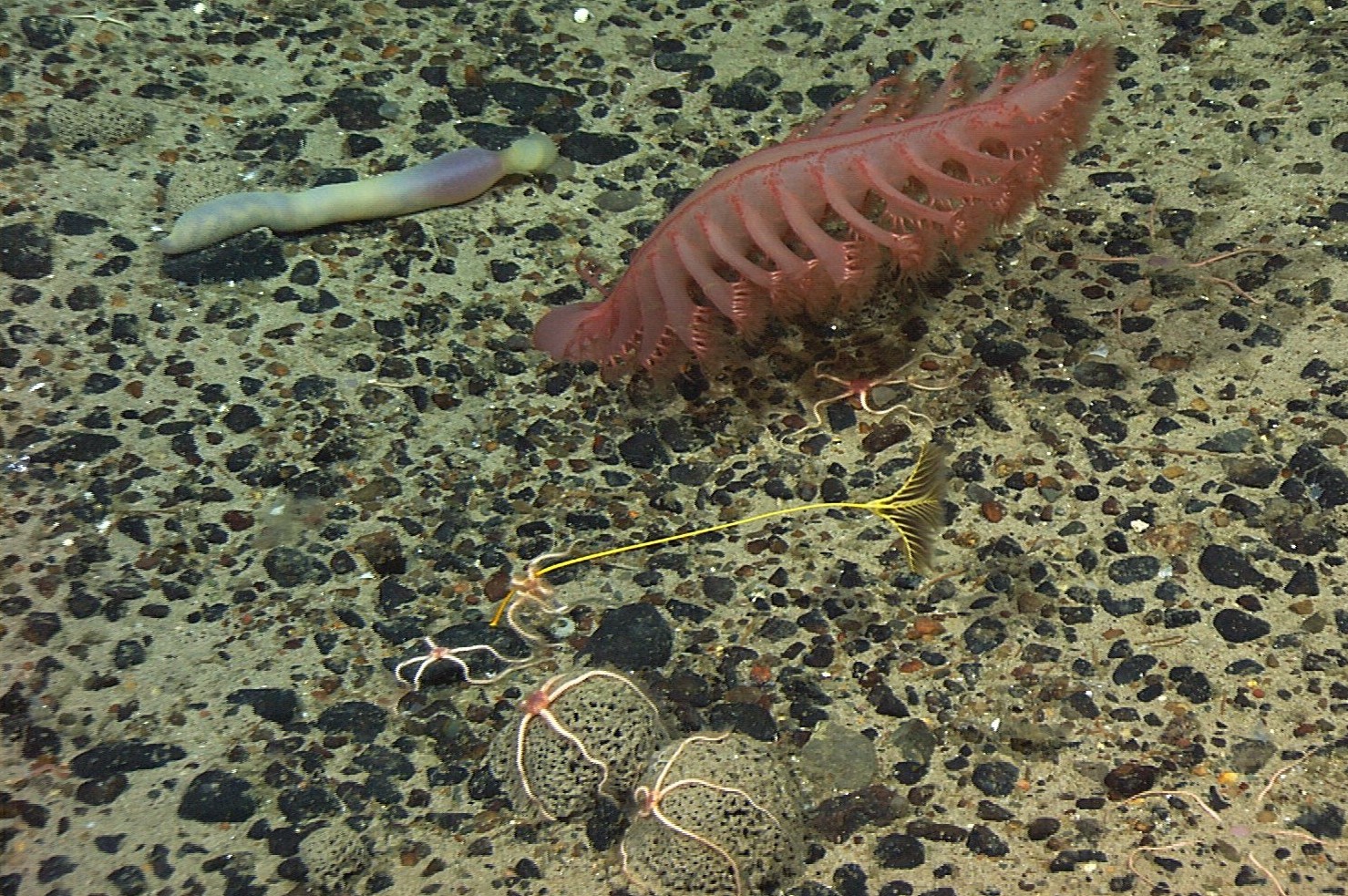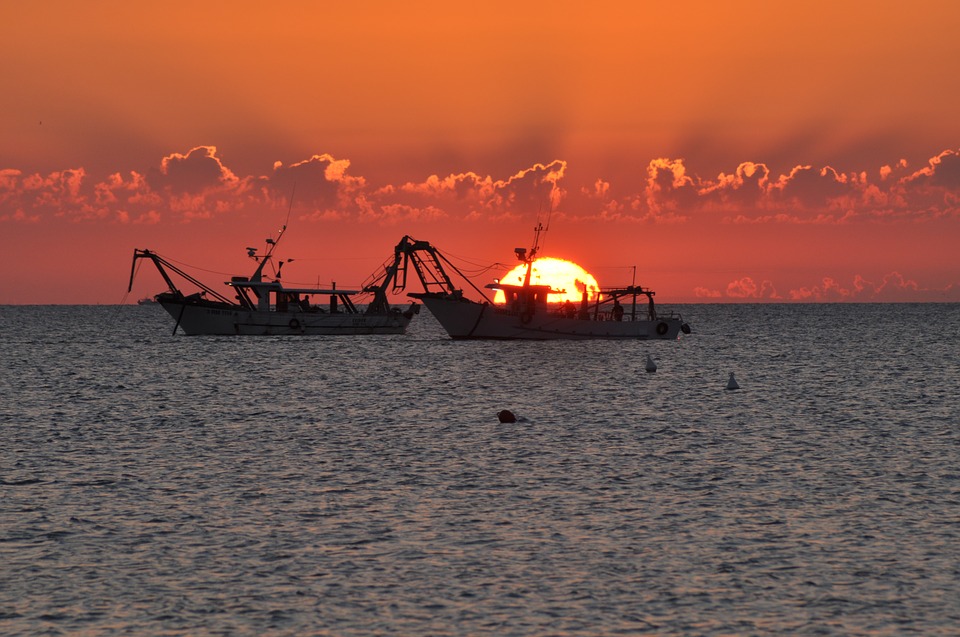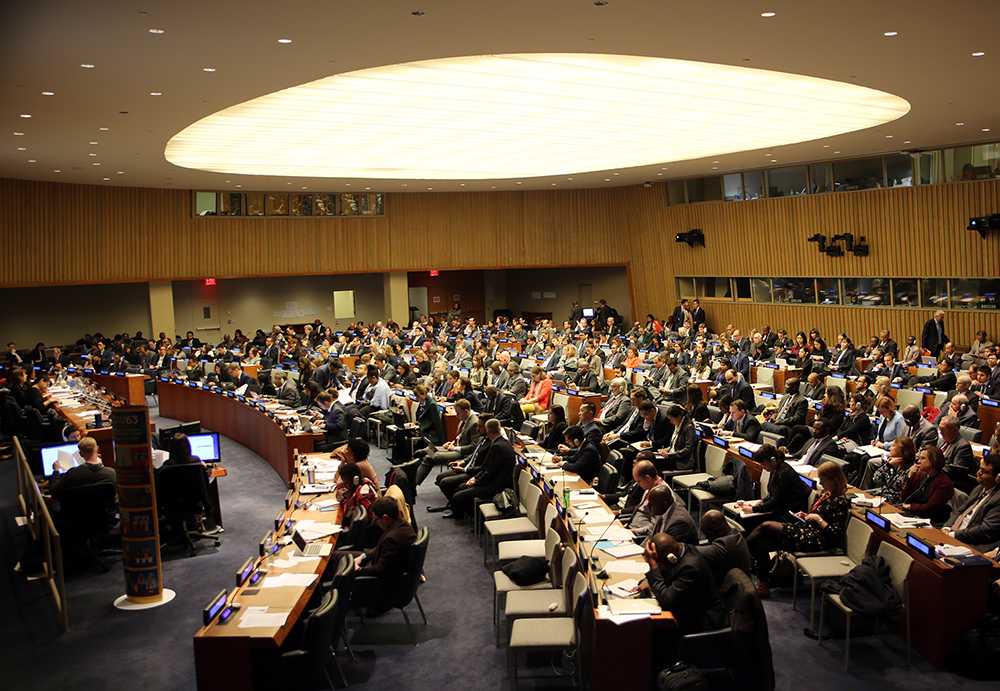Matthew Gianni and Sian Owen for The Economist World Ocean Initiative | 11 February 2019
The deep seabed was once believed to be a lifeless realm of mud and rock. This barren image changed dramatically, however, as technology to explore the hidden depths improved. In 2016, the United Nations First World Ocean Assessment described the deep sea as a ‘vast realm which constitutes the largest source of species and ecosystem diversity on Earth, supporting ecosystem processes necessary for our planet’s natural systems to function.’
Scientists are just beginning to discover the full richness of deep-sea life. Yet already a number of companies and countries are exploring the deep ocean for minerals and developing the technology to mine some of the last untouched areas of our planet. Much of the commercial interest is focused on deposits of cobalt, copper, nickel and manganese found in nodules that lie on the deep seabed in an area known as the Clarion-Clipperton Fracture Zone (CCZ).
Read the full article here: The perils of mining the deep.




